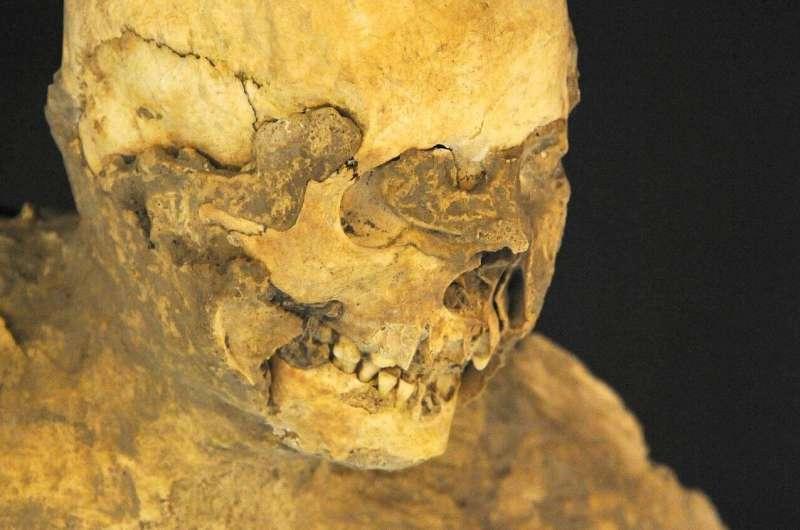Bob Yirka , Phys.org
Source - https://phys.org/news/2023-04-exploring-bodies-people-town-pompeii.html
 Credit: Pixabay/CC0 Public Domain
Credit: Pixabay/CC0 Public Domain
A team of geologists from the University of Roma Tre, has solved the mystery of why the bodies of people living in Herculaneum, were not well preserved after they were killed by the eruption of Mount Vesuvius. In their paper published in the journal Scientific Reports, the group describes how they found evidence of a pyroclastic current striking Herculaneum shortly after Vesuvius blew, essentially vaporizing the people living there.
Prior research has suggested that sometimes when a volcano erupts, a mass of very hot gases and particles flow down the mountain and strike places in the nearby vicinity. Such flows have been found to have extremely high temperatures—in the range above 550°C. Evidence of such an event was found after studying an eruption that occurred in Martinique back in 1902.
During that eruption, approximately 30,000 people were incinerated. In this new effort, the research team has found evidence of such a flow striking the town of Herculaneum when Mount Vesuvius blew back in 79AD, incinerating those people living there. The people of Pompeii, were spared the same fate as the city was farther away. Instead, they were buried alive in ash.
In this new effort, the geologists collected carbonized wood samples from sites in Herculaneum and studied them back in their lab. In so doing, they found that they showed evidence of being subjected to a very hot gas for a very short period of time. The result, they suggest, of being exposed to a diluted pyroclastic density current (PDC).
Further study showed that gas temperatures had exceeded 550°C. The team also found evidence of several more PDCs moving across the town, though they were much cooler. Eventually, Herculaneum, like Pompeii, was buried under volcanic debris.
The researchers suggest that such a blast of gas and particles would turn a human victim to a very small pile of charred bones and ash, which explains why preserved bodies, like those in Pompeii were not found in Herculaneum. They did find partial remains of an organ of one victim at the Collegium Augustalium—a skull with a vitrified brain inside of it. The find suggested that the brain had been burned at a very high temperature, before quickly cooling, turning it to a form of glass.
The research team suggests their findings should serve as a warning for modern citizens of Naples—a city that is close enough to feel the effects of a PDC should Vesuvius erupt again.
Alessandra Pensa et al, A new hazard scenario at Vesuvius: deadly thermal impact of detached ash cloud surges in 79CE at Herculaneum, Scientific Reports (2023). DOI: 10.1038/s41598-023-32623-3